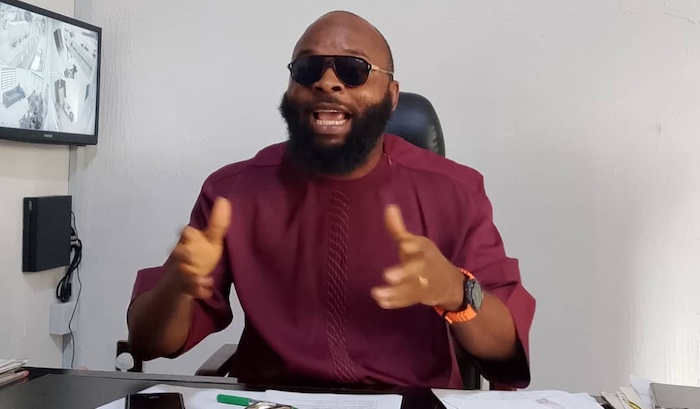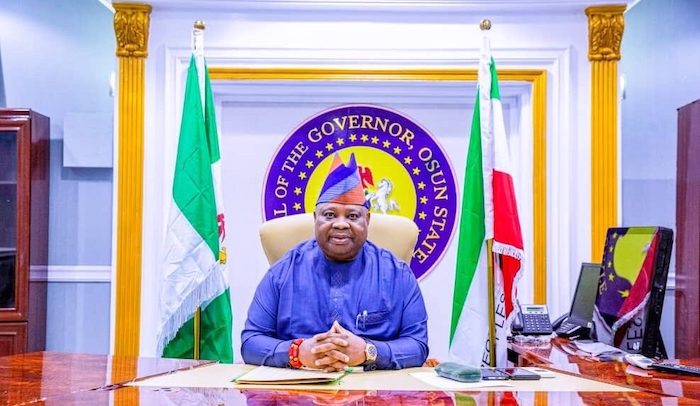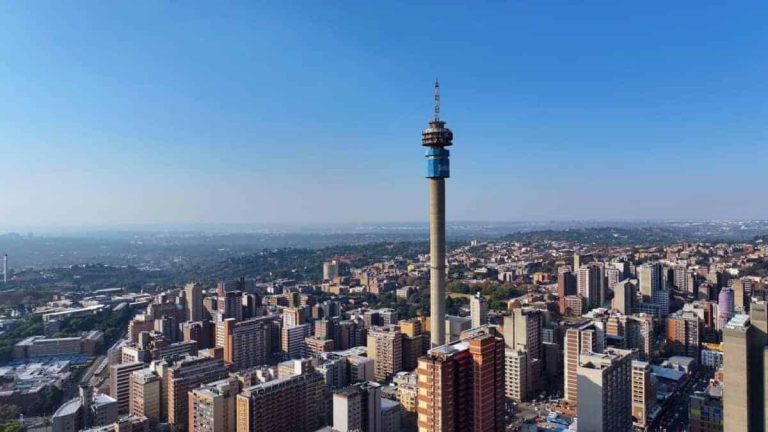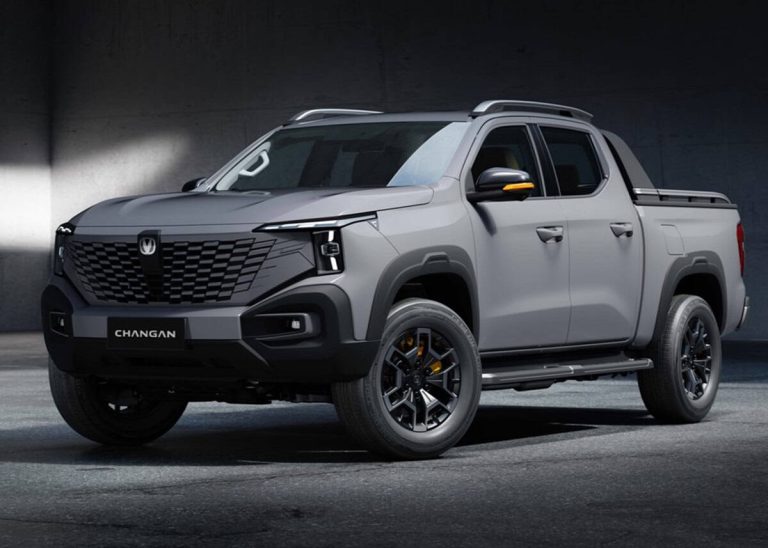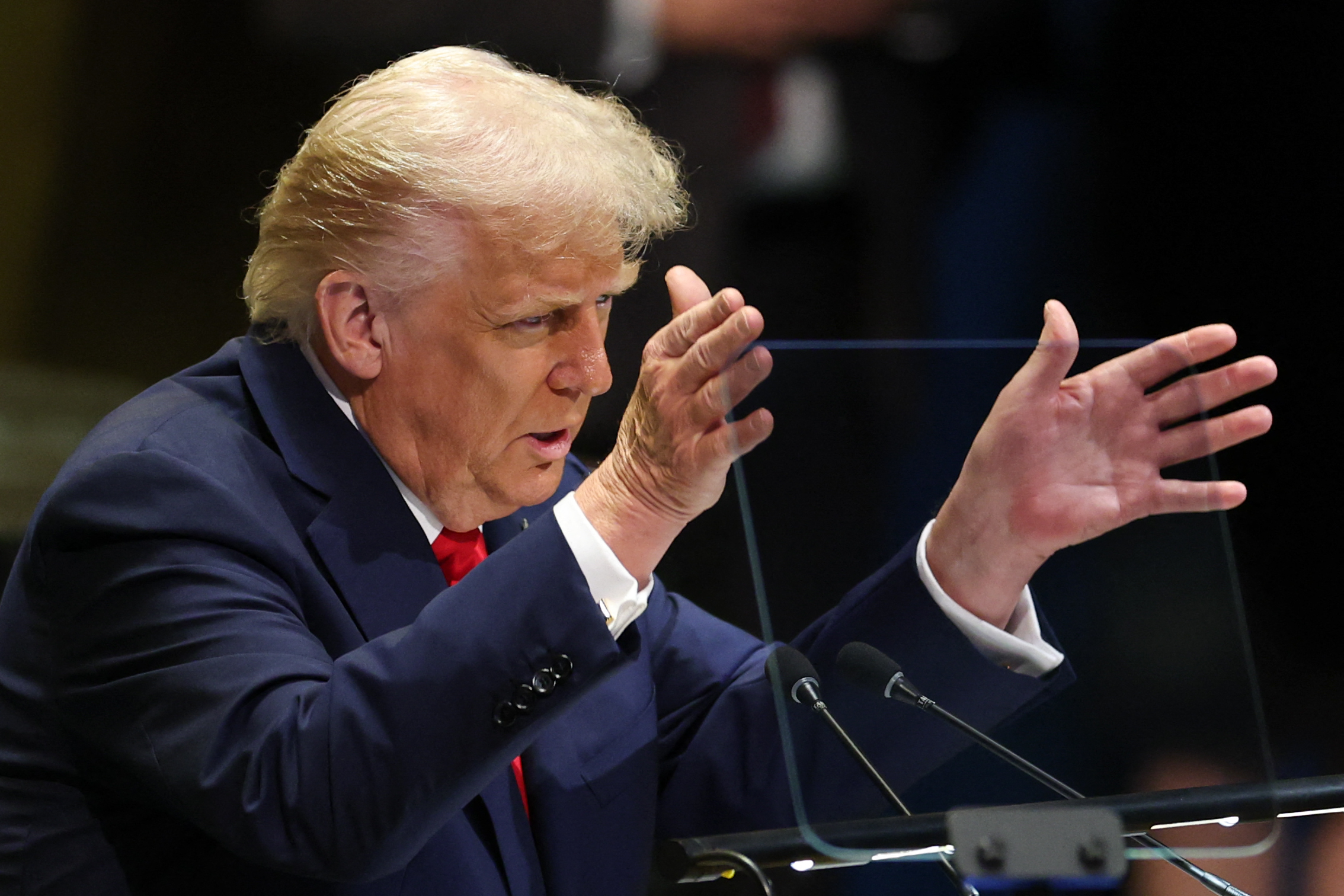
US President Donald Trump delivers remarks to the United Nations General Assembly at the UN headquarters in New York City on September 23, 2025. (Photo by ANGELA WEISS / AFP)
President Donald Trump has called on the US military to resume nuclear weapons testing for the first time in more than three decades, arguing that the move is necessary to keep pace with Russia and China’s expanding nuclear capabilities.
In a social media post late Wednesday, Trump said he had directed the Department of War to begin nuclear weapons testing “on an equal basis” with other nations. The announcement came just moments before his scheduled meeting with Chinese President Xi Jinping in South Korea — their first face-to-face encounter since 2019.
“Because of other countries’ testing programs, I have instructed the Department of War to start testing our nuclear weapons on an equal basis,” Trump wrote.
He acknowledged the “tremendous destructive power” of nuclear weapons but said he had “no choice” but to modernise and expand the US arsenal to maintain strategic balance. “The process will begin immediately,” he added, though he gave no details about the testing timeline or locations.
The decision represents a sharp reversal of longstanding US policy. The country has not conducted a nuclear test since 1992, when former President George H.W. Bush issued a moratorium at the end of the Cold War. The last test, codenamed Divider, was carried out at an underground site in Nevada and marked the United States’ 1,054th nuclear detonation.
Speaking aboard Air Force One after meeting President Xi, Trump said test sites would be determined later but maintained that it was “appropriate” for the US to resume testing given global developments.
The announcement follows escalating tensions between nuclear powers. Just days earlier, Trump condemned Russia for testing a nuclear-powered missile reportedly capable of unlimited range. Moscow later confirmed that it had successfully tested two new weapons capable of carrying nuclear warheads — including the Poseidon underwater drone — though neither involved an actual nuclear explosion.
Meanwhile, US intelligence and defence analysts have warned that China is rapidly expanding its nuclear capabilities. According to the Center for Strategic and International Studies (CSIS), Beijing has doubled its arsenal in the past five years and could exceed 1,000 nuclear warheads by 2030.
In contrast, the Arms Control Association estimates the US currently holds about 5,225 warheads, while Russia maintains roughly 5,580.
Trump’s call to resume testing also comes as the New Strategic Arms Reduction Treaty (New START) — the last remaining arms control pact between the US and Russia — is set to expire in February 2026. The treaty limits both nations to deploying no more than 1,550 strategic warheads on intercontinental missiles.
The move has already sparked debate among defence analysts and policymakers. Proponents argue that renewed testing would strengthen deterrence and signal resolve to adversaries, while critics warn that it could trigger a new arms race and undermine decades of nuclear non-proliferation efforts.
The Nevada Test Site, located about 65 miles north of Las Vegas, remains operational and could be authorised for use if the administration proceeds with its plan. The facility, managed by the US government, was once the epicentre of Cold War-era nuclear experimentation.
The United States first entered the nuclear age with the Trinity test in July 1945 in Alamogordo, New Mexico, later becoming the only country to use nuclear weapons in warfare — on Hiroshima and Nagasaki during World War II.
If Trump’s directive is implemented, it would mark the end of a 33-year hiatus in nuclear weapons testing and a significant turning point in global nuclear policy, reigniting questions about deterrence, diplomacy, and the future of arms control.
Melissa Enoch
